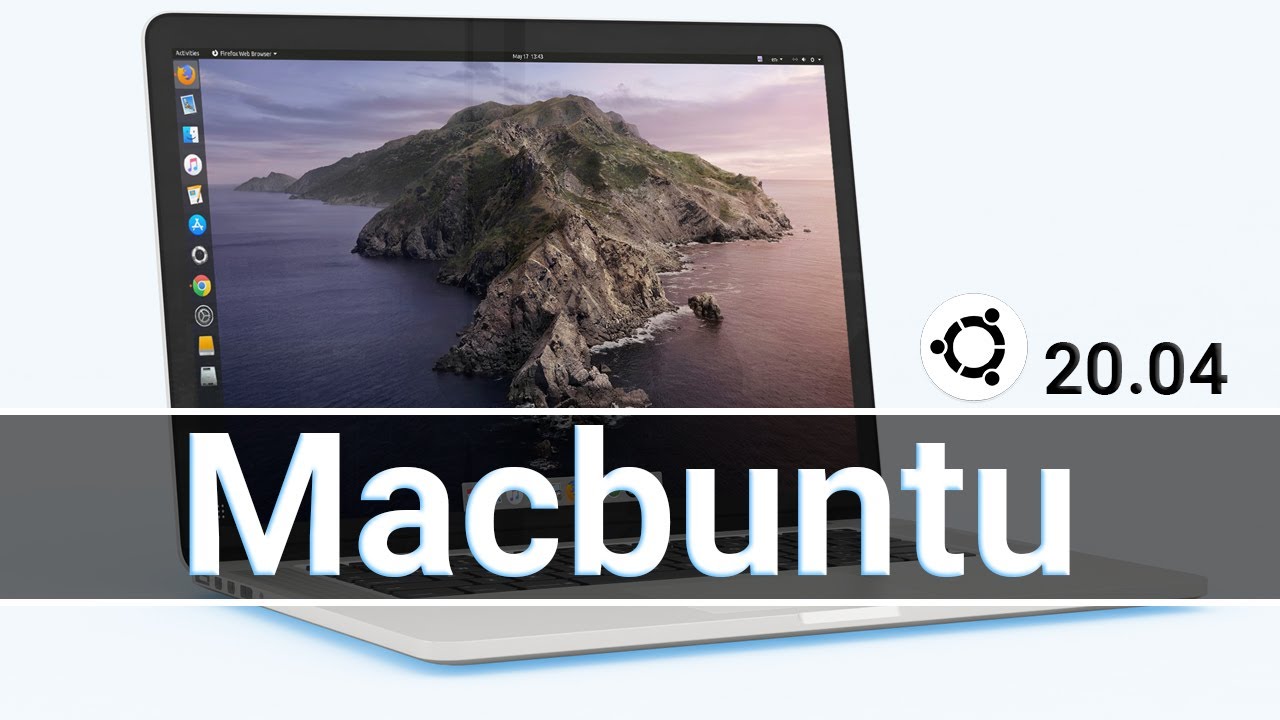
- #CAN YOU DOWNLOAD UBUNTU ON A MAC INSTALL#
- #CAN YOU DOWNLOAD UBUNTU ON A MAC PRO#
- #CAN YOU DOWNLOAD UBUNTU ON A MAC ISO#
- #CAN YOU DOWNLOAD UBUNTU ON A MAC FREE#
I've tried to point these out, but I haven't fully researched better replacements, and I lack the modern hardware on which to test some of the better methods on more recent 64-bit Macs. Developments in the last year have rendered certain of the procedures on this page sub-optimal. Note: This page is written using a rather elderly 32-bit Mac Mini as a reference, and using Ubuntu 12.04 as a reference. Small donation to help keep this site up and running. If you find this Web page useful, please consider making a Outside ads however, I did take time to prepare it, and Web hosting doesĬost money.

#CAN YOU DOWNLOAD UBUNTU ON A MAC FREE#
This Web page is provided free of charge and with no annoying I'm a technical writer and consultant specializing in Linux Sudo dpkg -i bcmwl-kernel-source_6.30.223.248+bdcom-0ubuntu7_b dkms_2.2.0.3-2ubuntu6_all.debīootloader Add MacOS as option on Grub menuĪppend the following lines to /etc/grub.EFI-Booting Ubuntu on a Mac EFI-Booting Ubuntu on a Mac by Rod Smith, written: 1/2011 Last Web page update: (last major update: )
#CAN YOU DOWNLOAD UBUNTU ON A MAC INSTALL#
Insert the USB drive that you downloaded deb packages to earlier, and then install the packages.įor my machine, the command looked like this: cd /media/charlie/MISC IMPORTANT: Under Device for bootloader, ensure the EFI partition is selected /dev/sda1įinish up the installation and boot into Ubuntu. NOTE: I recall reading somewhere that it was important to leave the 0MB free space partition between the MacOS partitions and the linux partitions, but I have been unable to find that reference. This allows for custom partitioning, if you let the installer choose, you may not be happy with the result.Ĭreate whatever partitioning scheme you'd like, for example: swap swap 4GB IMPORTANT: When you reach the screen in the installer titled "Installation Type", you must choose the option "something else". You will be presented with the Grub menu, select 'Install Ubuntu'. Once the screen goes black, hold down the Alt key until you see the boot menu. Plug in the USB drive that contains your Ubuntu image and reboot your Macbook. We will use these packages in a later step to enable wifi. Resize the new partition and choose to leave it as free spaceĭownload the packages for bcmwl-kernel-source and dkms to another USB drive.Click on Partition on the right side of the window.Choose Macintosh HD on the left side of the window.Don't worry about creating all the individual partitions right now, the partition creation will be handled during the install. It's important to resize your disk using Disk Utility from inside of MacOS instead of using the Ubuntu installer. These steps were paraphrased from here Prep Macbook Disk diskutil eject /dev/diskN (where N is the device node from step 5).NOTE: You'll want to use /dev/rdisk instead of /dev/disk for faster write speeds.sudo dd if=~/ of=/dev/rdiskN bs=1m (where N is the device node from step 3).diskutil unmountDisk /dev/diskN (where N is the device node from step 3).
.png)

#CAN YOU DOWNLOAD UBUNTU ON A MAC ISO#
#CAN YOU DOWNLOAD UBUNTU ON A MAC PRO#
Macbook Pro - Ubuntu Install RequirementsĢ USB drives > 2GB Pre-Install Create bootable USB drive


 0 kommentar(er)
0 kommentar(er)
